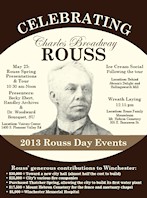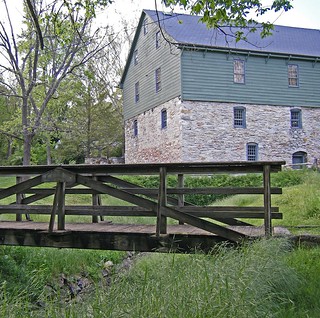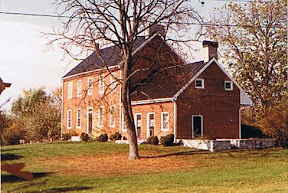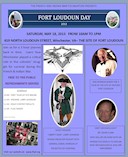Today’s photos are images of a greenhouse once located at the Virginia Agricultural Experimental Station/Winchester Fruit Research Laboratory on Valley Avenue (Route 11), approximately where Hope Drive is located today. Several greenhouses on the site had been abandoned and were decaying after the Research Laboratory moved into larger facilities in the mid 1990s.
Theodora and Benjamin Rezba salvaged, relocated and restored one greenhouse left behind at the Valley Avenue facility. These images, given to PHW in 2006, show the greenhouse in its dilapidated state and during the reconstruction and restoration phase. The unusual project was recognized in 2006 by PHW with an Award of Merit for retaining this piece of Winchester history, even though it had to be moved from its original location. Today, it is once again a functional greenhouse.
Read more about the history of the Fruit Research Laboratory at Virginia Tech’s website.
Curious about what other projects have received recognition with PHW preservation awards? Find a list of past winners at Preservation Award Recipients.
 |
| Salvaged Greenhouse from Fruit Research Laboratory |






